Skin Care Products That May Not Work

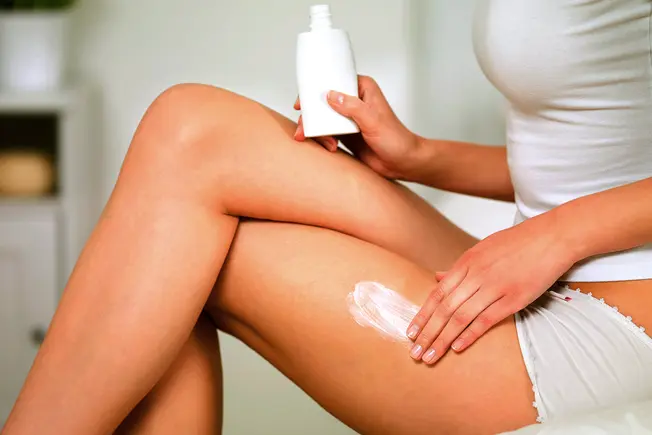
Anti-Cellulite Lotion
Lotion is a moisturizer that can hydrate your skin. This can make it look smoother. An anti-cellulite product with caffeine may tighten the surface of your skin for a little while. This can make your cellulite harder to see, but it doesn’t get rid of it. Lotion can’t get deep enough under your skin to break up your fat.
Try this instead: Talk to your dermatologist. There are treatments that can make your cellulite less noticeable.
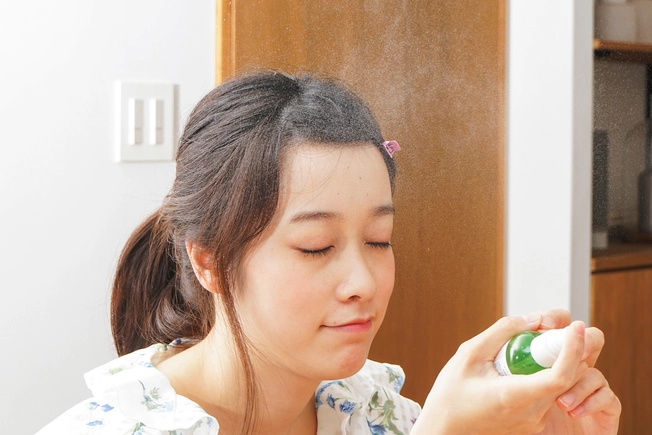
Face Mist
You may feel refreshed when you add a bit of rose water mist to your morning routine. But spraying your face with droplets isn’t the best way to moisturize your skin. And if you have sensitive skin, a mist with fragrance may irritate it.
Try this instead: Put a layer of moisturizer on your damp skin. If you’re prone to acne, use oil-free products. They’re less likely to clog your pores.
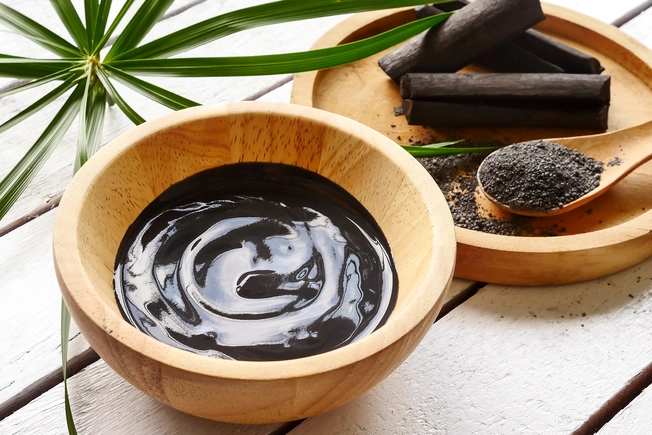
Activated Charcoal Masks
Activated charcoal can absorb poisons or drugs in your stomach. But research is limited on how charcoal can help your skin. Some products, like face peels, may even have harmful ingredients. Always test a small patch of your body first.
Try this instead: You can get rid of dirt and bacteria by simply washing your face with water and a gentle cleanser.
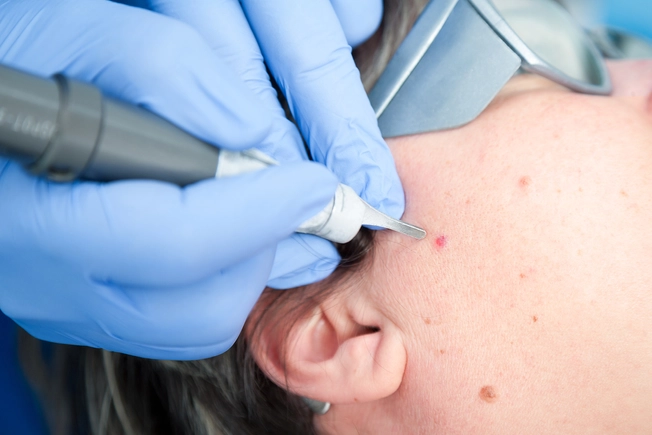
Things That Promise Quick, Big Fixes
It can take a while to see a difference in your skin. Acne medicine may take 4 weeks or longer to work. Retinoids can improve fine lines, wrinkles, and the appearance of age spots. But you may not see results for 6 months.
Try this instead: Talk to your dermatologist about options other than surgery. You can try laser treatment, intense pulsed light therapy, or other resurfacing options.

Eye Cream
Ones with vitamin C or hydroquinone can lighten pigment under your eyes. (Use hydroquinone or bleaching agents only if your doctor says so.) But this won’t ease dark circles from visible blood vessels. The skin under your eyes is thin. You may notice more of a blueish tint as you age. It can also happen if you have allergies or you’re dehydrated.
Try this instead: Drink water and treat allergies. Talk to your dermatologist for more help.
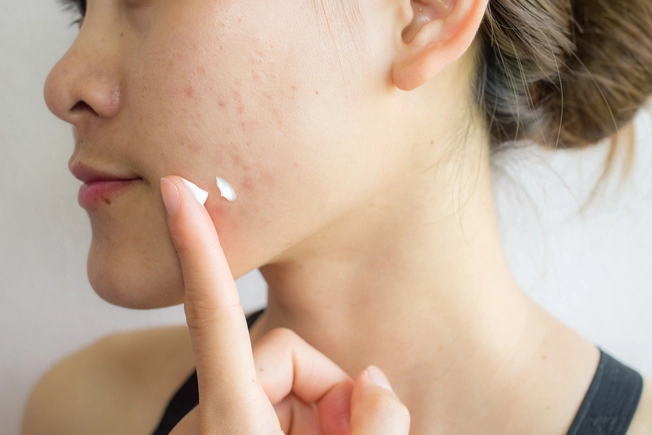
Natural Oils for Acne
Cocoa butter, shea butter, and coconut oil can be good moisturizers. But they are oil-based, which means you may not want to use them on your face. They can clog your pores. If you dab oil on your pimples, they may get worse.
Try this instead: You can treat your zits with benzoyl peroxide or salicylic acid. If your acne is more severe, talk to your dermatologist about retinoids, antibiotics, and hormone therapy.
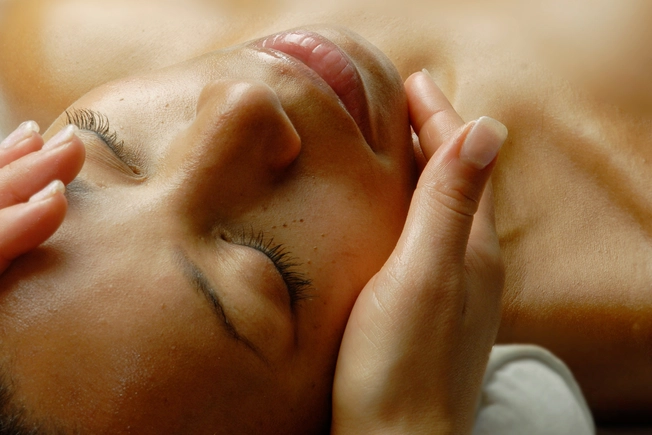
Facial Massage
You may feel relaxed after a facial massage. But it probably won’t improve your skin for long. You may want to avoid facials if you have acne. If the person doing your facial squeezes your blackheads or pimples, you could get discoloration that can last for months.
Try this instead: Lower your expectations. You can still get a facial. Just don’t expect lasting change. And use a moisturizer daily.

Skin Care Vitamin Supplements
Vitamins A, C, E, and B3 are important for skin health. But unless you have a deficiency, a skin care pill probably won’t give you a youthful glow. But if you have brittle nails, very dry skin, or bleeding gums, check with your doctor. They can tell you if you really need a supplement.
Try this instead: Eat a balanced diet with plenty of fruits and vegetables. That’s the best way to get your vitamins.

Face Scrubs
Your face sheds dead cells on its own. If you exfoliate every day, you can strip away layers of natural moisture. That can make your skin dry. Harsh scrubs can also irritate your skin, especially if it’s sensitive or you have acne.
Try this instead: Use your fingers to apply a cleanser free of fragrance, oil, and alcohol. Wash your face with lukewarm water and pat dry. Put a moisturizer on while your skin is still damp.
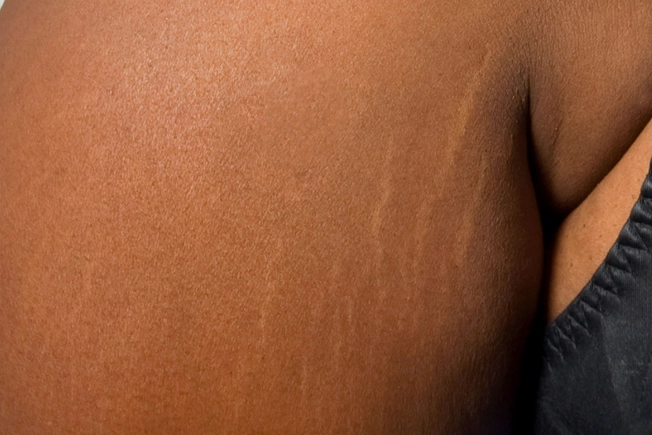
Creams For Old Stretch Marks
Stretch marks can form when your skin stretches and shrinks quickly. You may get them when you’re pregnant or when you grow. If your stretch marks are old, a cream, oil, or gel isn’t likely to get rid of them. That’s because they’re a kind of permanent scar.
Try this instead: For best results, talk to a dermatologist about your stretch marks when you first notice them. Laser therapy may help.
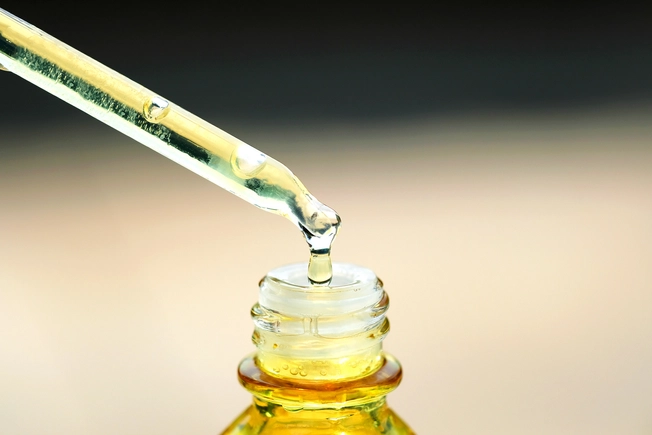
Vitamin E for Scars
Your body uses vitamin E to protect your cells from damage. But rubbing it on your scars probably won’t make them go away. Instead of putting it on your skin, you should get this antioxidant from food like nuts, spinach, or olive oil.
Try this instead: Talk to your dermatologist. There are treatments that may help make your scar less noticeable.
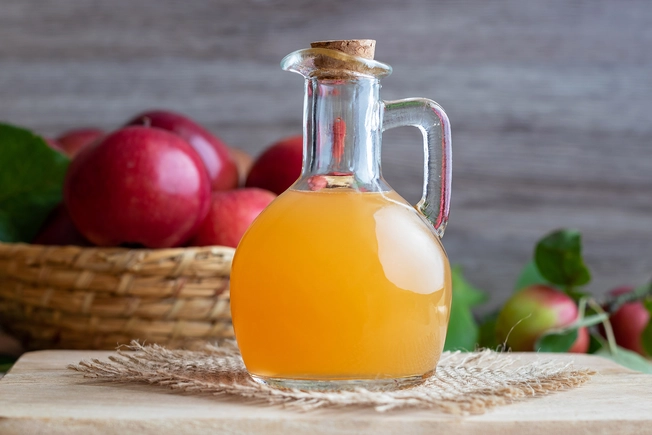
Apple Cider Vinegar to Remove Moles
Apple cider vinegar is acidic. If you use it to remove a mole, it can damage your skin and may burn or scar you. It may not be good for eczema, either. A small study showed that sitting in a diluted bath of apple cider vinegar could irritate your skin if you have eczema.
Try this instead: If you want a mole removed, see a dermatologist. If you have eczema, see your doctor. They have several options that can treat it.

Keep It Simple
For healthy skin:
- Eat a balanced diet.
- Drink water.
- Don’t smoke.
- Use a broad-spectrum sunscreen with SPF 30 daily (not just when it’s sunny).
- Use a moisturizer every day.
You don’t have to spend a lot of money to keep your skin hydrated. Petroleum jelly and drugstore brands work just as well as the expensive stuff. If you have sensitive skin, look for a product with as few ingredients as possible.
